‘Signs of life’ detected in Titanic submarine search
Hopes of finding the missing Titanic tourist submarine have been buoyed after a Canadian aircraft heard ‘banging’ from the depths of the ocean near where the vessel vanished.
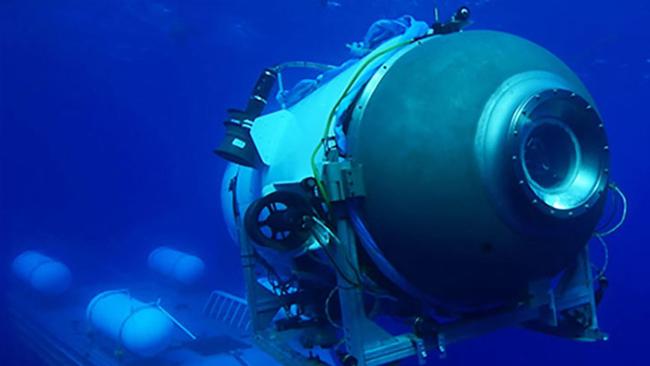
Hopes of finding the missing Titanic tourist submarine have been buoyed after a leaked memo suggested “signs of life” had been detected at the site.
The Explorers Club president Richard Garriot de Cayeux tweeted that “there is cause for hope”.
Message from President Richard Garriott Regarding the Ongoing Titanic Search and Rescue Mission pic.twitter.com/ec7YX5VQCY
— ExplorersClub (@ExplorersClub) June 21, 2023
In a statement he said: “We have much greater confidence that 1) There is cause for hope, based on data from the field – we understand that likely signs of life have been detected at the site.”
It came after US media reports that a Canadian aircraft heard “banging” at 30-minute intervals in the area the submarine disappeared. The noises were still being observed four hours later by sonar devices that were deployed.
However, the Coast Guard confirmed in a statement early on Wednesday morning local time that its searches had ‘yielded negative results’.
“Canadian P-3 aircraft detected underwater noises in the search area. As a result, ROV operations were relocated in an attempt to explore the origin of the noises. Those ROV searches have yielded negative results but continue,” it said in a tweet.
“Additionally, the data from the P-3 aircraft has been shared with our US Navy experts for further analysis which will be considered in future search plans.”
Magellan, US Navy, France mobilise last-ditch rescue efforts
Mr de Cayeux says The Explorers Club was attempting to get approval for deep sea-mapping company Magellan to assist in the search for the submarine.
Magellan, an ‘independent global specialist in deep and ultra-deepwater site investigation and subsea intervention’, could provide Remotely Operated Vehicles (ROVs) which would be capable of travelling to the extreme depths where the submersible may be located.
Mr de Cayeux penned a letter to club members on Tuesday, revealing they have “much greater confidence” in completing the rescue mission.
“There is cause for hope, based on data from the field – we understand that likely signs of life have been detected at the site,” he wrote.
“They precisely understand the experienced personnel and tech we can help deploy. We believe they are doing everything possible with all resources they have. We now have direct lines to the highest levels of Congress, The Coast Guard, Air Force, Navy and The White House, thanks to your support. We continue to work on approval for the Magellan ROVs to be allowed to deploy to the site as we believe they can provide invaluable assistance.”
Magellan confirmed they had received a request from OceanGate Expeditions to help early on Monday, and would need a plane to assist their operations.
The firm’s chairman, David Thompson, told CNN they would require a C-17 Globemaster III military jet, but were yet to hear back from either the US Air Force or UK Royal Air Force regarding the use of such an aircraft.
A US Navy spokesperson said a specialised winch system for lifting heavy objects from extreme depths, other equipment and personnel would join the rescue effort in the next few hours. The Pentagon said it was deploying a third C130 aircraft and three C-17s, while France’s oceanographic institute announced a deep-sea underwater robot and its experts would arrive in the area later today (AEST).
Titanic sub expert sacked after warning of serious flaws
The marine director at OceanGate Expeditions, the company that owns the Titanic submersible that has been missing for more than two days, was fired after raising warnings over serious flaws in the craft in 2018.
David Lochridge was given 10 minutes to clear his desk after delivering a report outlining his fears over safety concerns to CEO Stock Rushton, who is on board the missing submersible with four others.
Those concerns included Mr Lochridge’s worry that “visible flaws” in the carbon fibre supplied to OceanGate raised the risk of small flaws expanding into larger tears during “pressure cycling.”
As fears grow that rescuers won’t reach the Titan, before their oxygen runs out in less than 40 hours, scientists in the oceanographic exploration community have claimed they “always knew” disaster would strike the submersible, while explorers and thrill seekers have spoken out about their experience of malfunctions in the vessel.
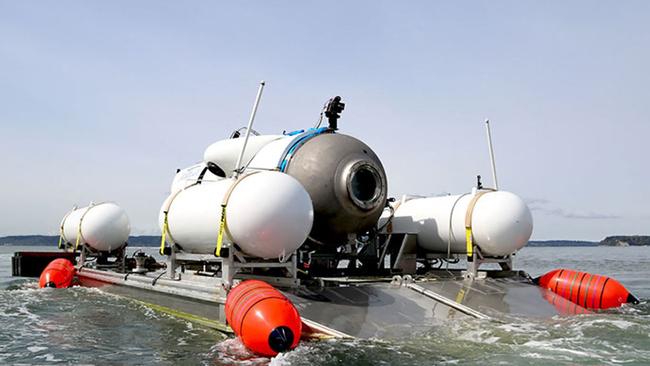
The Titan, one of three submersibles owned and operated by OceanGates Expeditions, lost contact with its mother ship on Sunday, one hour 45 minutes into a planned eight hour voyage to the Titanic, which lies nearly 13,000 feet down in the North Atlantic.
According to court filings by Mr Lochridge, Mr Rush asked the marine director to evaluate the Titan’s safety because he was the “best man for the job.”
However in his report to the company, Mr Lochridge raised a number of concerns, including the lack of non-destructive testing performed on the Titan’s hull.
“Lochridge was repeatedly told that no form of equipment existed to perform such a test, and OceanGate instead would rely solely on their acoustic monitoring system that they were going to install in the submersible to detect the start of hull break down when the submersible was about to fail,” the court papers filed in 2018 state.
“Lochridge again expressed concern that this was problematic because this type of acoustic analysis would only show when a component is about to fail — often milliseconds before an implosion — and would not detect any existing flaws prior to putting pressure onto the hull.”
The filing also claims that hazardous flammable materials were being used within the submersible.
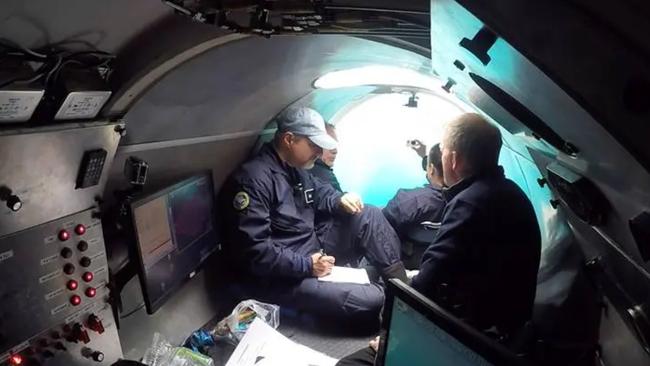
At a meeting with Mr Rush and other directors a day after filing his report, Dr Lochridge was told the manufacturer of the Titan’s forward viewport would only certify it to a depth of 1,300 metres due to OceanGate’s experimental design. The court filing states that OceanGate refused to pay for the manufacturer to build a viewport that would meet the Titan’s intended depth of 4,000 metres.
At the end of the meeting, Dr Lochridge was asked and refused to authorise any manned tests of Titan without a scan of the hull, and he was sacked.
“Defendants admit that David Lochridge disagreed with OceanGate’s position to dive the submersible without any non-destructive testing to prove its integrity, and to subject passengers to potential extreme danger in an experimental submersible,” the filing states.
“OceanGate gave Lochridge approximately 10 minutes to immediately clear out his desk and exit the premises,” Lochridge’s lawyers add in the filing. “The paying passengers would not be aware, and would not be informed, of this experimental design, the lack of non-destructive testing of the hull, or that hazardous flammable materials were being used within the submersible.”
After Dr Lochridge’s departure the Titan was reportedly tested safely on increasingly deep dives, and in 2020 and 2021, its hull was either repaired or rebuilt by two companies, Electroimpact and Janicki Industries, that largely work in aerospace.
But concerns over the sub’s safety have continued amid anecdotal evidence of repeated mechanical failures.
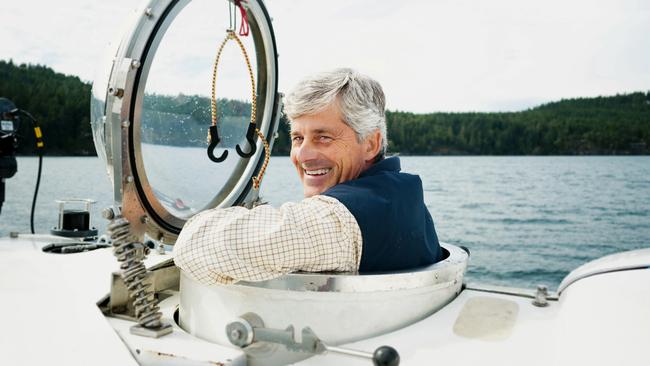
A top oceanographer told Sky News UK the deep sea exploration community “knew this was going to happen at some point”, but “nothing was done about it”.
Dr David Gallo, Director of Special Projects at the Woods Hole Oceanographic Institution told Sky: “Anyone in the exploration business of the deep sea expected this to happen, not at this particular time, but we knew this was going to happen at some point.
“We knew darn well it would and we knew all the difficulties around how you recover from it if the sub is stuck on a shipwreck, if they lose batteries and nothing was done about it, there’s no policies, there’s no plan”.
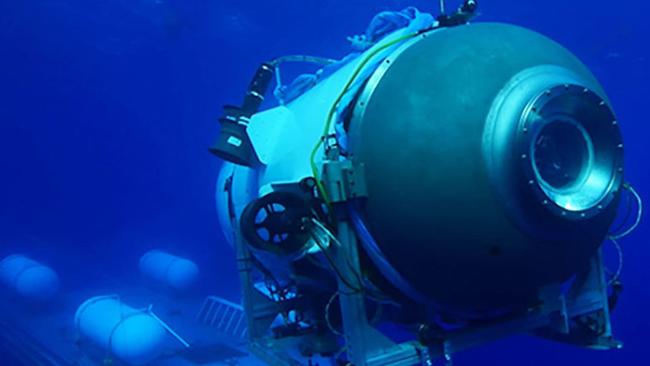
The sub was just 15 minutes from the Titanic when it went silent, meaning it was already at a great depth, complicating search and rescue efforts.
“It just frustrates me,” Dr Gallo said. “Now begins the scramble to try and get the right things at the right place at the right time and it’s just an unnecessary step because we did know at some point this was going to happen and I think all of us in the community are stunned.
“It wasn’t a surprise in a way, but oh my god it really did happen.”
Dr Gallo spoke as other scientists and thrill seekers recalled multiple occasions when the submersible lost contact with the surface and suffered other failures.
Journalist David Pogue, who last year joined a Titan trip that also got lost when communications broke down, told CBS he had reservations about going on the submersible but had been reassured by Mr Rush that the carbon fibre hull had been developed with NASA.
You may remember that the @OceanGateExped sub to the #Titanic got lost for a few hours LAST summer, too, when I was aboard…Here’s the relevant part of that story. https://t.co/7FhcMs0oeHpic.twitter.com/ClaNg5nzj8
— David Pogue (@Pogue) June 19, 2023
He said the submersible was made with “off-the-shelf, sort-of improvised” equipment. “You steer this sub with an Xbox game controller, some of the ballast is abandoned construction pipes and the way you ditch them is everybody gets to one side of the sub and they roll off a shelf,” he said.
Mr Pogue suggested the mother ship may have delayed sending out a call for help because they thought communications would return.
“Things go wrong all the time in this business, my dive lasted just 32 metres and it had a mechanical issue and had to be hoisted (back onto the mother ship); maybe they thought the comms will come back,” he said.
Author Mike Reiss, who has been down to the Titanic with the same firm on three occasions said each time there had been technical faults.
One time he said it was pitch dark and the radar and the compass stopped working. “We spent most of our time down there just flailing around, trying to find the biggest thing in the ocean,” he said.
Mr Pogue said the submersible had multiple methods to rise to the surface, before noting he was informed by the company’s founder, Stockton Rush, during his own expedition that there was a small possibility the craft could get snagged on something or spring a leak.
“What concerns me, this thing has seven different ways to return to the surface … so why isn’t it at the surface?” he said on Monday. “There is no radio and GPS that works underwater, so you really are on your own in this thing.”
“It sounds bad,” he added. “If all seven methods they have of coming to the surface aren’t working, then what’s going on?”


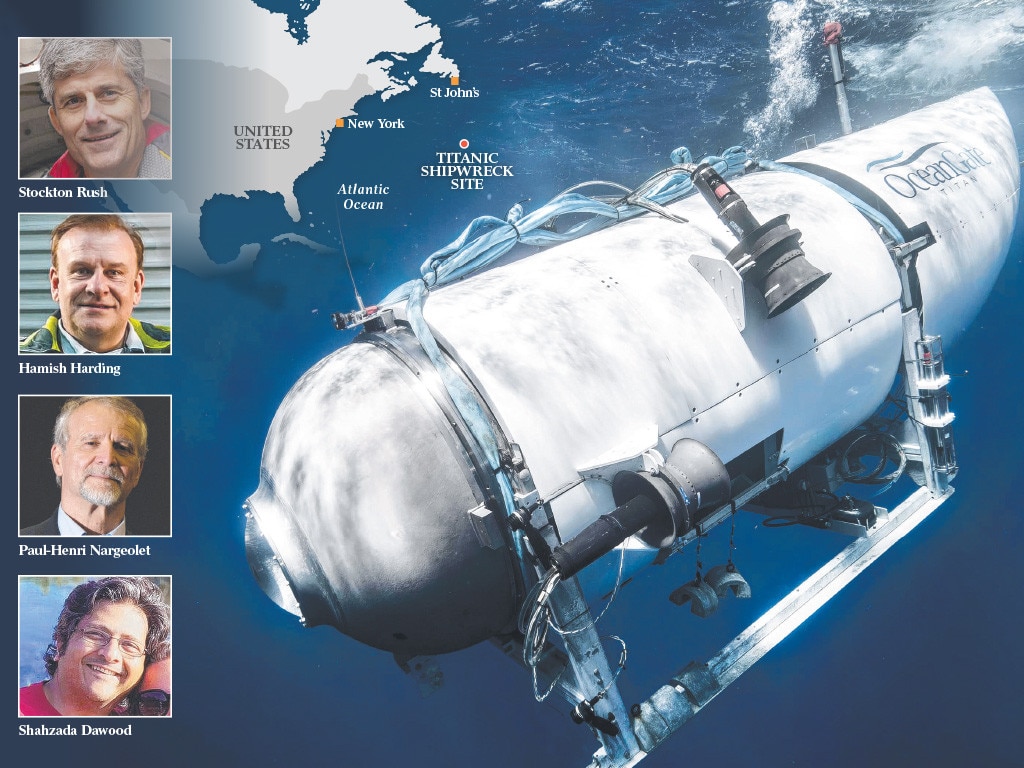


To join the conversation, please log in. Don't have an account? Register
Join the conversation, you are commenting as Logout